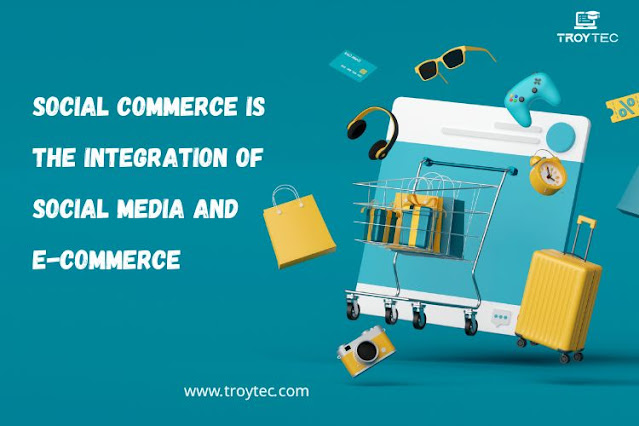E-Commerce: Explain the Different Models of E-Commerce
.jpg)
E-Commerce, short for electronic commerce, refers to the buying and selling of goods or services through the internet. Over the past few decades, e-commerce has grown rapidly and has become an integral part of modern business. With the rise of the internet and the increasing popularity of online shopping, businesses can reach a global customer base 24 hours a day, 7 days a week. Models of E-Commerce: There are various models of e-commerce that businesses can adopt to suit their specific needs and goals. These models can be classified into four main categories: Business-to-Business (B2B), Business-to-Consumer (B2C), Consumer-to-Consumer (C2C), and Consumer-to-Business (C2B). This article will take a closer look at each of these models and the benefits they offer. 1. Business-to-Business (B2B) B2B e-commerce refers to the exchange of goods and services between businesses. This model is typically used by manufacturers and wholesalers who sell their products to retailers and other business...
